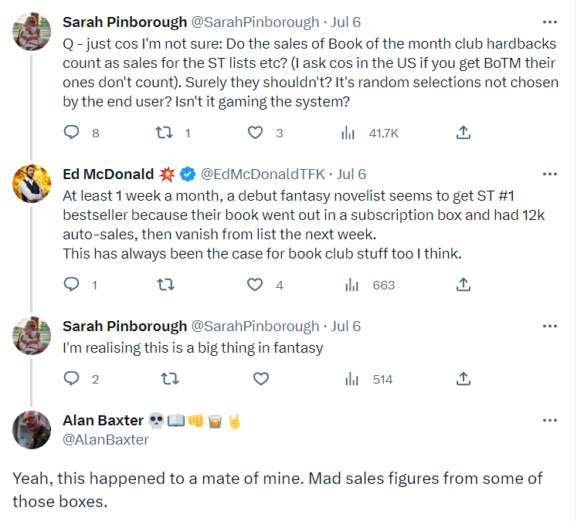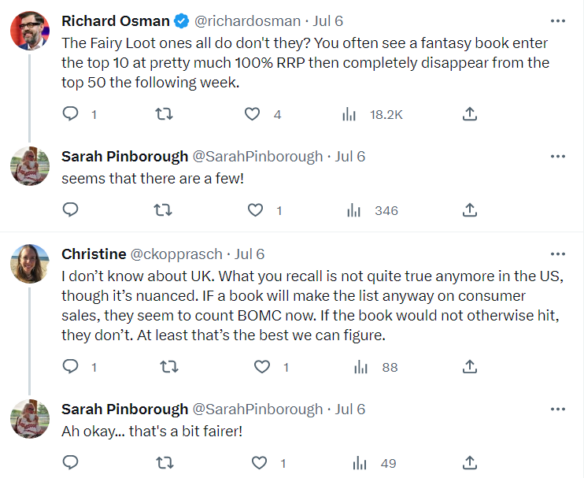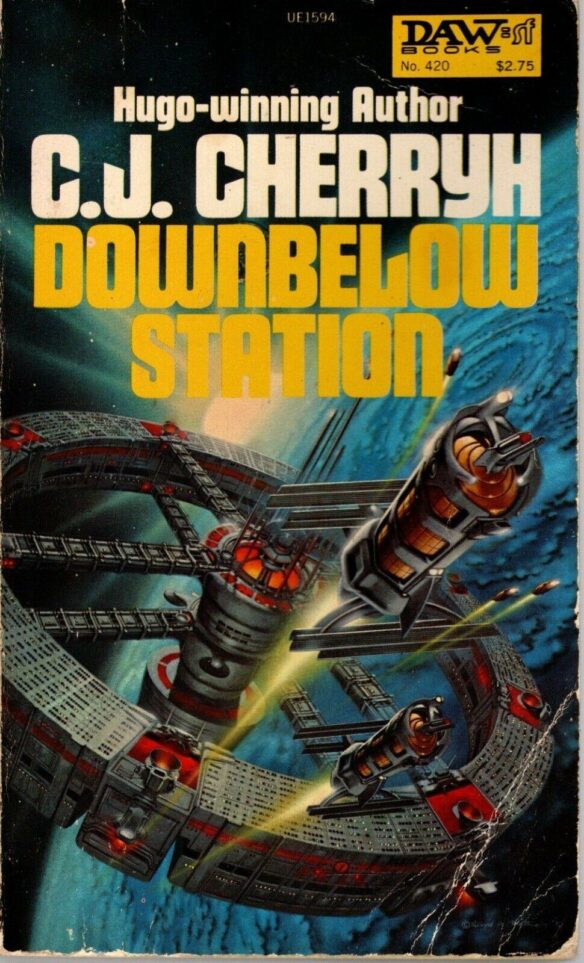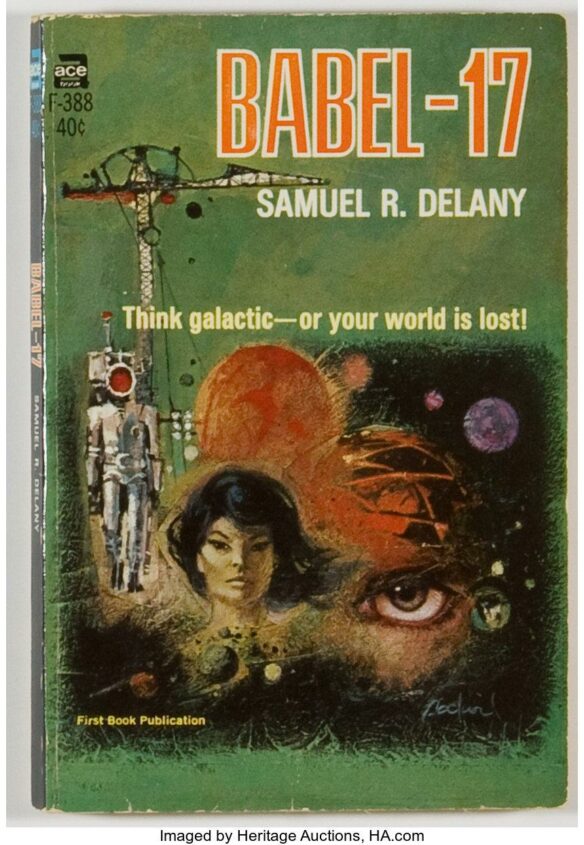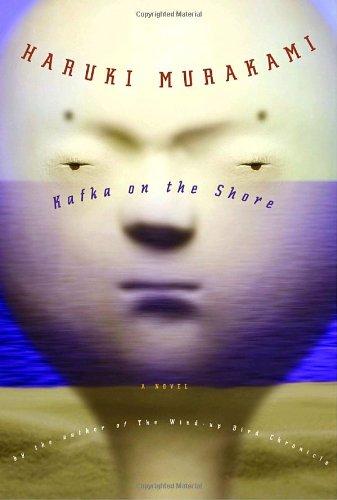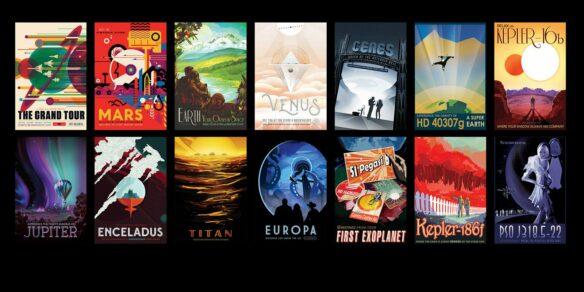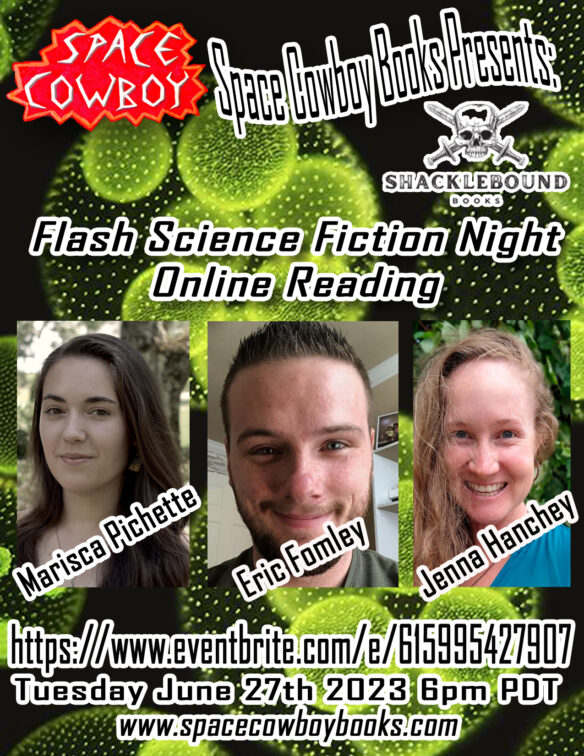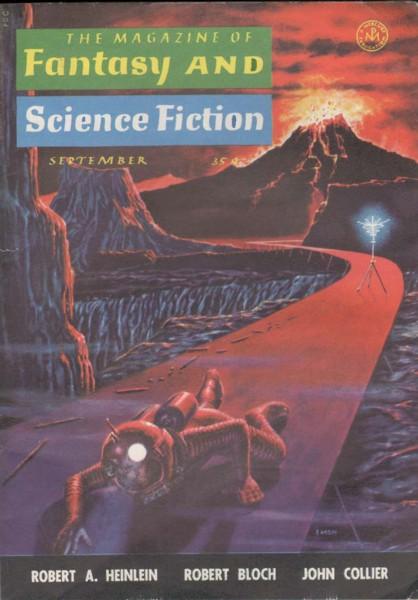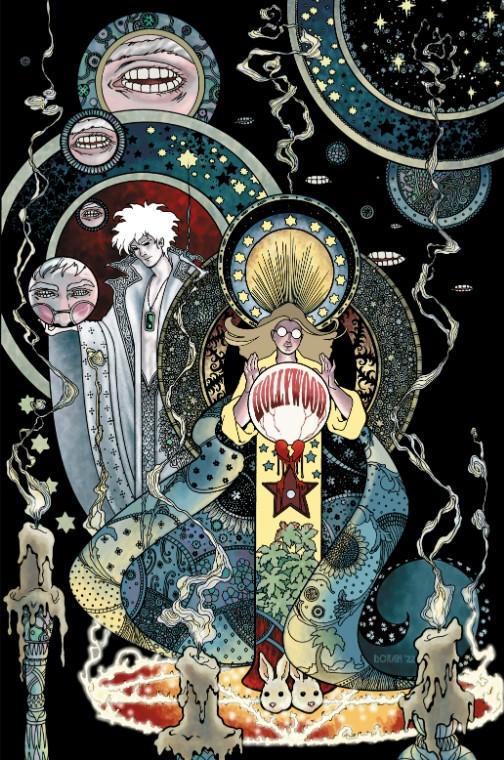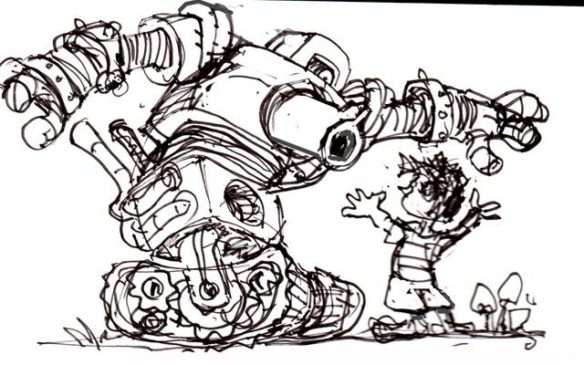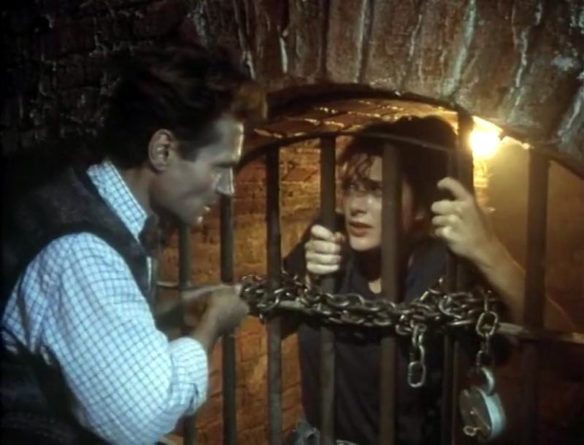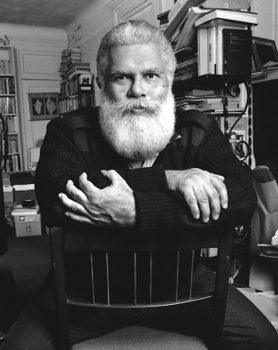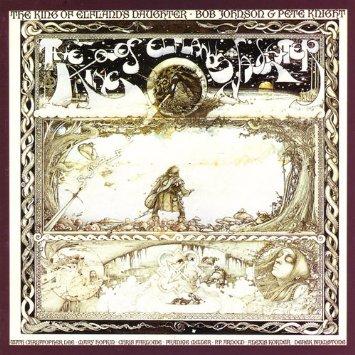(1) GET READY FOR SELF-PUBLISHED FANTASY BLOG-OFF 10. The ninth contest is about to wrap up, and sponsor Mark Lawrence warns there will be a quick turnaround to start SPFBO 10:
SPFBO 10 (SPFBOX) will open to entries on Friday the 10th of May 2024 at 1pm GMT. The link will be posted here.
The SPFBO 10 contest will start on the 1st of June 2024.
Since SPFBO 9 filled its 300 slots in ~40 minutes, a different system will be used this year so that people in some time zones don’t have to get up in the middle of the night. The entry form will stay open for 24 hours. After it’s closed 300, manuscripts will be randomly selected from the pool of those who have signed up….
(2) 2024 STURGEON SYMPOSIUM. The Gunn Center for the Study of Science Fiction will hold the third annual Sturgeon Symposium from October 24-25, 2024. Samuel R. Delany will be there.
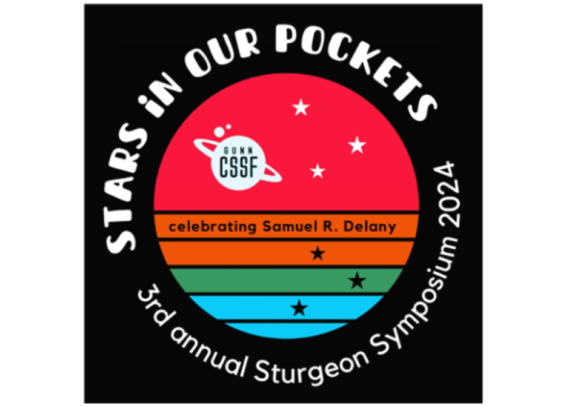
We are delighted that Samuel R. Delany has accepted our invitation to speak at the symposium. As an innovative author, Delany has redefined the boundaries of SFF as well as literary criticism through his explorations of language, society, sexuality, and narrative form. This year’s symposium acknowledges his lasting impact on science fiction, speculative fiction, and literary criticism.
Delany will speak on the subject “Samuel R. Delany and Theodore Sturgeon: Exclusion, Loneliness and Difference”.
See the Call for Papers here.
(3) DORAN ILLUSTRATED GOOD OMENS DELAYED. Artist Colleen Doran announced “Good Omens Rescheduled” — to accommodate her recovery from cancer treatment.
A couple of weeks ago, Neil Gaiman gave me a call to let me know he was not worried about me flaming out on Good Omens despite my truly awful 2023, and if I needed more time or some help to please take it. Shortly before that, the folks at Dunmanifestin, the publishing arm of the Terry Pratchett Estate, dropped me a line to say the same.
I was very much hoping I’d spring back to normal life after my cancer treatment was finished, but no. I felt like I’d been hit by a truck. My mental and physical energy comes and goes. I told Neil I need to be working ten hour days but have trouble managing six.
Anyway, I nervously requested the dreaded deadline extension and got it. Frankly should have asked for a big(ger) one months ago, but having never had this kind of health issue before, I didn’t know what to expect re: recovery. Some people spring back quickly, and some don’t. I figure I’m fair to middlin’.
So, the Good Omens release date is set for spring next year…
Gaiman and Wilkins say:
As a team, we collectively support Colleen and the time and space needed to finish the graphic novel after the past year she has been powering on through, and have a quick note from both Neil Gaiman and Rob Wilkins, the manager of the Terry Pratchett Estate:
Neil: “I’ve been amazed and impressed by how much Colleen has done so far, despite dealing with health issues. We are proud of her and her dedication to adapting Good Omens with such care, and look forward to holding the finished books in our hands.”
Rob: “Colleen is doing a fantastic job bringing the graphic novel to life. We’re absolutely delighted with each and every page and it is essential she can work comfortably whilst giving the book the time it deserves. She has our full support and we can’t wait for you to see the results.”
(4) BALTICON SF FILM FESTIVAL. Balticon 58, taking place May 24-27, 2024 will feature the Balticon Sunday Short Science Fiction Film Festival. The festival will include “Night of The Cooters” (2022) produced by George RR Martin from a story by Howard Waldrop, directed by Vincent D’Onofrio.
On the program will be 19 Selections from 10 Countries. The showings run 4.5 hours with two intermissions. Day rates are available for Sunday.
(5) SCRAPER, NO SCRAPING! “Amazon is filled with garbage ebooks. Here’s how they get made.” according to Vox.
…Here is almost certainly what was going on: “Kara Swisher book” started trending on the Kindle storefront as buzz built up for Swisher’s book. Keyword scrapers that exist for the sole purpose of finding such search terms delivered the phrase “Kara Swisher book” to the so-called biographer, who used a combination of AI and crimes-against-humanity-level cheap ghostwriters to generate a series of books they could plausibly title and sell using her name.
The biographer in question was just one in a vast, hidden ecosystem centered on the production and distribution of very cheap, low-quality ebooks about increasingly esoteric subjects. Many of them gleefully share misinformation or repackage basic facts from WikiHow behind a title that’s been search-engine-optimized to hell and back again. Some of them even steal the names of well-established existing authors and masquerade as new releases from those writers. According to the Authors Guild, it would be impossible for anyone but Amazon to quantify these books — and that’s not information Amazon is sharing….
… It’s so difficult for most authors to make a living from their writing that we sometimes lose track of how much money there is to be made from books, if only we could save costs on the laborious, time-consuming process of writing them.
The internet, though, has always been a safe harbor for those with plans to innovate that pesky writing part out of the actual book publishing. On the internet, it’s possible to copy text from one platform and paste it into another seamlessly, to share text files, to build vast databases of stolen books. If you wanted to design a place specifically to pirate and sleazily monetize books, it would be hard to do better than the internet as it has long existed…
(6) JOHN G. TRIMBLE (1936-2024). Longtime LASFSian John Trimble, husband of Bjo Trimble, died April 19. Lora Boehm, his daughter, made the announcement on Facebook. The Fancyclopedia notes that he co-chaired Westercon 18 and chaired Westercon 23, He worked on several Equicons, chairing one.
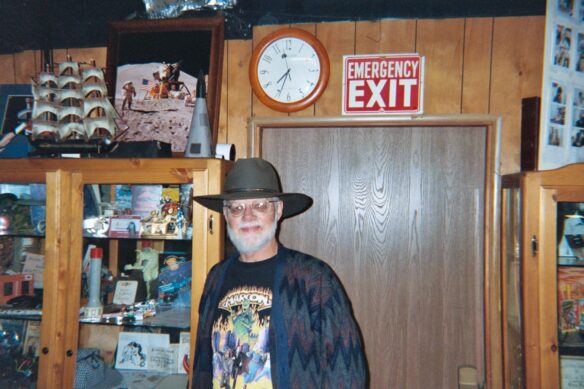
He was a co-founder of the LASFS club newzine, De Profundis, for a time helped edit its genzine Shangri-L’Affaires. He also edited To the Stars, a short-lived newzine backed by Authors Services.
John and Bjo Trimble married in 1960 – having met under Forry Ackerman’s piano during a party at his house. Bruce Pelz published A Fanzine for Bjohn in their honor when they wed. (And paging through a copy at their 40th anniversary party I found it’s a highly entertaining read!)
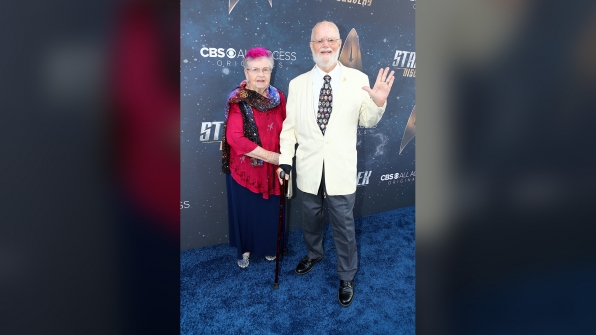
They were early members of the Society for Creative Anachronism and served on its Board of Directors. Together they were Fan Guests of Honor at ConJosé, the 2002 Worldcon.
Lora’s obituary adds:
…Their 3 children, Kathryn, Lora and Jenn have been a constant joy and the addition of husband to Lora, Jason and Jenn’s husband Chris have completed the family.
In 1966 they found a group of people interested in mediaeval combat and arts. They joined the Society of Creative Anachronism (SCA) . John served 2 terms as a member of it’s board of directors, was a landed Baron of the first Barony. His arms were the very first to be registered with the college of Heralds and both John and Bjo have been members ever since. Later that year he said to his wife, “Gee it’s a shame a good science fiction show like Star Trek is going to be canceled. We should do something about that!” And the same Star Trek campaign was born. For over 58 years John and Bjo Trimble have been ambassadors for science fiction, the space program and the SCA. Meeting and hosting people from all walks of life, all over the world.
John has touched thousands of lives in a way that positive and full of joy. He will be greatly missed.


(7) TODAY’S BIRTHDAY.
[Written by Cat Eldridge.]
Born April 19, 1946 — Tim Curry, 78. Let me note upfront that this is very much not an overview of everything that he’s done but my picks of what I like most.
So let’s start off with him as Cardinal Richelieu, the corrupt Cardinal who in charge of the Red Guards in The Three Musketeerswhich came out forty-one years ago from Disney. He magnificently costumed as you can see here and had the most devilish beard as well. It’s a wonderfully over the top role that works even that I think he only has than a handful of scenes. It won’t surprise anyone here for me to say he comes to a dramatic and wonderfully flamboyant demise.
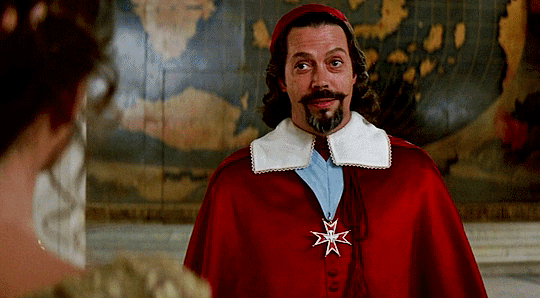
Next up must be his role in that film. Need I say which one? I think not. He rose to prominence as Dr. Frank-N-Furter reprising the role he had originated in the 1973 London and 1974 Los Angeles musical stage productions. Good, that output, and that singing. What an amazing performance it was. I’ve seen it a number of times including yes in a theater at midnight. Seattle if memory serves me right.
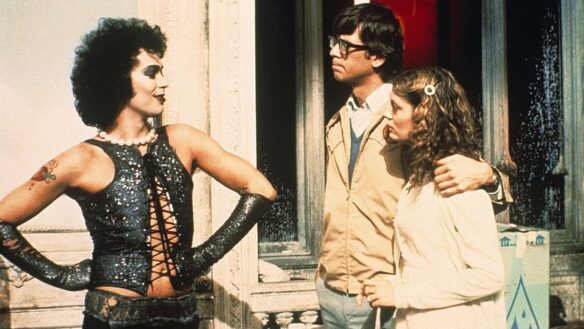
Would you like to know what my absolutely favorite Tim Curry performance is? That would be him in Clue. When I wrote it up here three years back, I noted that “It had a stellar cast of Tim Curry, Madeline Kahn, Christopher Lloyd, Michael McKean, Martin Mull. Lesley Ann Warren and Eileen Brennan. Tim Curry played The Butler.”
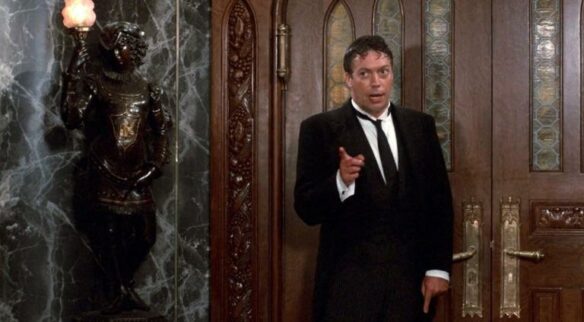
Such a role it was. Hyperkinetic, full of Bugs Bunny worthy action on his part and some of the best bouncing off all walls possible dialogue ever said by a Butler.
Siskel and Ebert hated the three alternative endings as different theatres originally got one of three though eventually all theatres got all of them. It still bombed.
My final is him as Gomez Addams in Addams Family Reunion. Not perhaps the first person that you’d think of for the role given John Astin originated the role and Raul Julia had played him twice to that date, each being sharp-dressed gentleman, but he turned out to a rather splendid choice first the third outing as the director Tony Payne wanted this version of the character to be weird and Curry does weird oh very well.
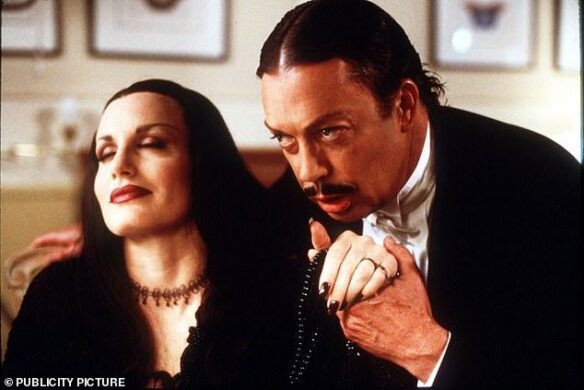
So there’s my choices. So what’s your favorite role by him?
(8) MORE FALLOUT. Variety tells us “’Fallout’ Renewed for Season 2 at Amazon”.
“Fallout” has been renewed for Season 2 at Amazon Prime Video.
The announcement comes after Variety reported that a second season was set to receive $25 million in tax credits by relocating shooting to the state of California.
Based on the video game franchise of the same name, the series is set two hundred years after the apocalypse. The official description states it follows “the gentle denizens of luxury fallout shelters that are forced to return to the irradiated hellscape their ancestors left behind—and are shocked to discover an incredibly complex, gleefully weird, and highly violent universe waiting for them.”
(9) AVENGERS AND OTHERS ASSEMBLE. Here’s an amusing video – we’ll call it ”Superheroes stop for a traffic light”.
(10) A REASON TO MAKE A MARTIAN ODYSSEY. “NASA’s downed Ingenuity helicopter has a ‘last gift’ for humanity — but we’ll have to go to Mars to get it” says Live Science.
NASA’s Ingenuity Mars Helicopter has beamed back its final message to Earth, which included a heart-warming goodbye to mission scientists. The record-breaking robot will now spend the rest of its days collecting data that could be used in future Mars missions — but only if future robots or astronauts go all the way to the Red Planet to get it.
The pigeon-size helicopter, or rotorcraft, first landed on the Red Planet on Feb. 18, 2021, alongside the Perseverance rover, and it successfully completed the first-ever powered flight on an alien world on April 19 of the same year. The Ingenuity mission’s initial goal was to fly five missions across 30 days. But the tiny chopper ended up flying 72 times on Mars, spending more than two hours in the air and traveling 14 times farther than initially planned, according to a statement by NASA.
According to NASA:
…If a critical electrical component on Ingenuity were to fail in the future, causing data collection to stop, or if the helicopter eventually loses power because of dust accumulation on its solar panel, whatever information Ingenuity has collected will remain stored on board. The team has calculated Ingenuity’s memory could potentially hold about 20 years’ worth of daily data….
(11) WHAT’S THE RECIPE FOR THESE PLANETS? “Uranus and Neptune aren’t made of what we thought, new study hints” reports Live Science. Whatever you expected to find on Uranus, look again…
Astronomers have long believed that the ice giants Uranus and Neptune are rich in frozen water. However, a new study suggests they may also have tons of methane ice.
The findings could help solve a puzzle about how these icy worlds formed.Much about Uranus and Neptune remains unknown. These ice giant worlds have had just a single spacecraft visitor, Voyager 2, which flew past them in the 1980s. As a result, scientists have only a hazy idea of the ice giants’ compositions — for example, that they contain significant amounts of oxygen, carbon and hydrogen.
… Of the various models they built, the astronomers found that those with methane fit their criteria, with the methane — either in solid chunks or, given the pressure, in a mushy state — forming a thick layer between the hydrogen-helium envelope and the water layer. In some models, methane accounted for 10% of the planet’s mass….
(12) TWO^H^H^H ONE NEW PITCH MEETINGS^H. [Item by Mike Kennedy.]
[Thanks to Andrew Porter, John King Tarpinian, Chris Barkley, Lance Oszko, Cat Eldridge, SF Concatenation’s Jonathan Cowie, Steven French, and Mike Kennedy for some of these stories. Title credit belongs to File 770 contributing editor of the day Tom Becker.]

